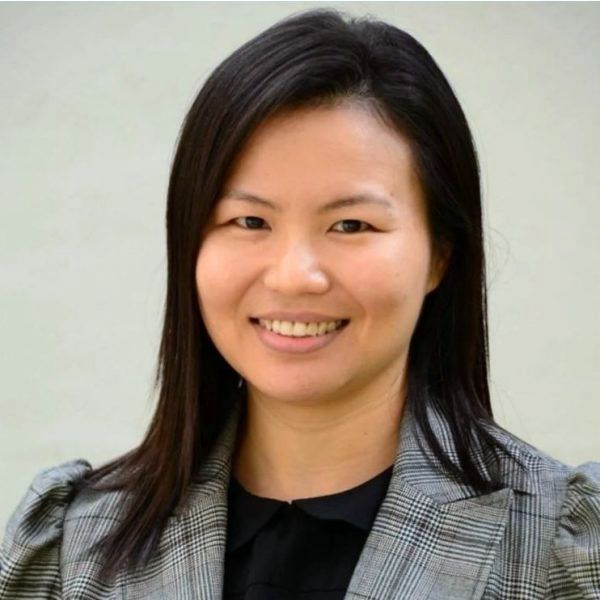
Associate Prof Wai Yee Yeong serves as Associate Chair (Students) at the School of Mechanical and Aerospace Engineering at Nanyang Technological University Singapore.
She manages a student population of over 2500 students in the school. She is also the Programme Director (Aerospace and Defence) at Singapore Centre for 3D Printing (SC3DP) and at HP-NTU Digital Manufacturing Corporate Labs. Her main research interests are 3D printing and Bioprinting. She has been awarded research funding of more than $8million so far.
She published widely in journals with more than 150 papers, and has published 2 textbooks. She is the Associate Editor of 2 international journals. Her works bring technical and social impact and have been featured on news and media. She was named the winner of inaugural TCT Women in 3D Printing Innovator Award 2019.
Nora Touré: Wai Yee, could you let us know about your background and what brought you to 3D printing in the first place?
Wai Yee Yeong: I studied my PhD in Nanyang Technological University, which is one of the few research groups in the world then that were researching on 3D Printing. It was called Rapid Prototyping then. My PhD topic was creating scaffold for tissue engineering using rapid prototyping technology to process implantable biomaterials. My background training is Mechanical Engineering.
Nora Touré: Can you describe your very first experience with 3D Printing?
Wai Yee Yeong: In the PhD research group that I was working at, we had a few 3D Printing systems. I was awed by the fact that we can simply imagine any part and after just a few hours of processing, the part can be realized in the physical world. This means that the design freedom in the physical world is not connected directly to the unlimited possibilities in the virtual world. My PhD topic was in the field of biomedical and biotechnology.
With 3D printing, I realized that within the chaos and unknown world of biology, we can now study the bio-design factors in a systematic manner due to the newfound ability of creating freeform implantable structures with ultra-precision.
For example, in designing a scaffold for bone, we can now change the design of the structure to study which level of pore size and pore shape that the bone cells would thrive in. With this systematic approach, we can create a lifecycle map to engineer how tissues are being designed in an organic way. This will leads us closer toward creating a biomimetic tissue or organ for the future of healthcare.
I also remember that the 3D printers of the first generation were still very big in size or footprint and occupied almost the entire lab space that we have. It was also very interesting to study the physical principles of different printing systems and discover the “magic trick” used by each system in creating a physical part from virtual data in no time.
Read the rest at Women in 3D Printing
